Huguenots1
Since about 1560, the French Calvinist2 Protestants were called Huguenots. In France, they were severely persecuted, particularly in the 16th and 17 Centuries.
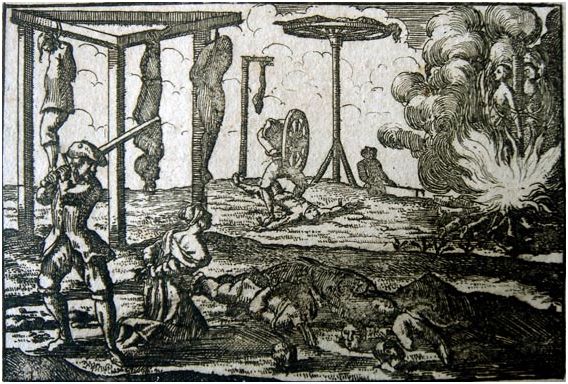
Persecution of the Huguenots
In the 1520s, the first French Protestant refugees left the country. On St. Bartholomew's Day (the night of August 24, 1572), approximately 3,000 were killed in Paris and between 10,000 and 30,000 people were killed in the countryside. Subsequently, many Huguenots fled to the Calvinist Palatinate. A temporary calm was restored with the Edict of Nantes3 (1598).
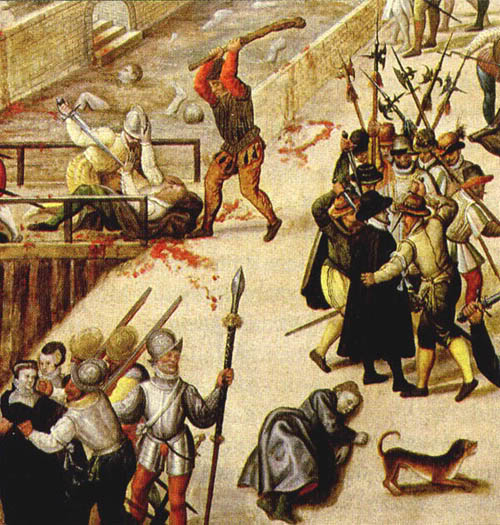
François Dubois: Paris during the St. Bartholomew's Day massacre
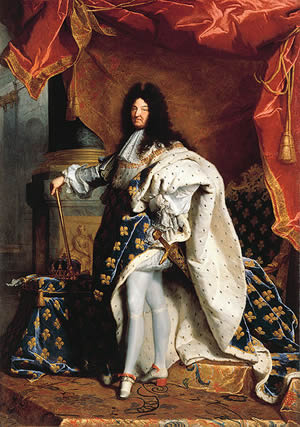
Louis XIV
When Louis XIV took over the government in 1661, he initiated a large-scale conversion to Catholicism, combined with the systematic persecution of the Huguenots. This was associated with a ban on emigration due to the onset of waves of refugees fleeing in 1669. Despite this ban on emigration about 200,000 refugees (Huguenots and Waldensians4 from the Pragela valley) left their homes over a period of fifty years.
Especially great was the number of refugees in the period from 1670 to 1720. They frequently traveled hundreds of miles on foot to find a new location. Many craftsmen, traders, businessmen and military officers were among them, as well as members of the high and lower nobility. They fled to the surrounding Protestant countries (England, the Holy Roman Empire, Netherlands, Denmark, Sweden, Switzerland), the British colonies in North America, and to Russia and South Africa. Most Huguenots, mainly from the north and west of France went to the United Netherlands, Denmark, Sweden and England while the Huguenots from the southeast found their first refuge in the Reformed5 (Calvinist) territories of Switzerland. Many then resettled in Germany.
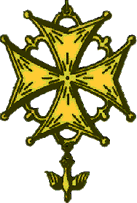
Huguenot cross
About 40,000 Huguenots were settled in the German Reformed and Lutheran territories, almost half in Brandenburg-Prussia. Others found new homes in Hesse, the Palatinate, Franconia, Baden-Württemberg, Lower Saxony, and the Hanseatic towns.
The inclusion of the Huguenots was from economic, cultural, military and political interests, as well as Christian charity and compassion for the refugees. Of particular interest were the Huguenot monetary and commodity traders and soldiers. In some areas, the Huguenots were readily absorbed and provided with privileges, elsewhere they had to make more compromises.
The Holy Roman Empire of the German nation, at that time, was not a central government, such as France or England, but a mixture of over 300 sovereign duchies, electorates, secular and ecclesiastical principalities, counties, dioceses, free Imperial towns, etc.
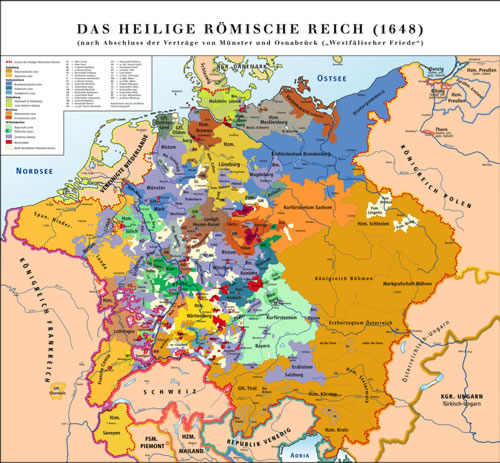
The Holy Roman Empire in 1648
Therefore, the decision on the inclusion of Huguenot religious refugees was not in the hands of the Catholic German Emperor, but only with the sovereign princes and free cities.
With the Edict of Potsdam (1685), in Brandenburg-Prussia, just eleven days after the withdrawal of the Edict of Nantes, the settlement of the Huguenots was facilitated. The refugees were given houses and farms and a six-year grant of tax-exempt status. They were also allowed to build their own churches.
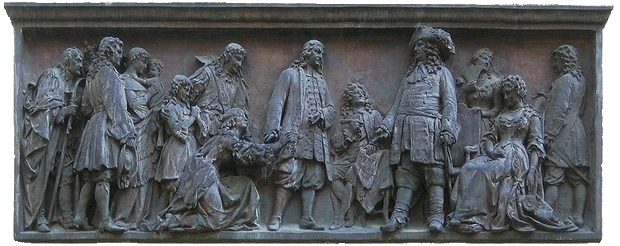
Relief of Johannes Boese: the great elector, Frederick William of Brandenburg welcoming the arriving Huguenots (1885)
By about 1713 there were 60 French colonies in Brandenburg and also Potsdam had its "French Quarter". The largest Huguenot colonies were established in Amsterdam, London, Geneva and Berlin.
![]()
1 Thanks to S. Winkler for help with the English translation of this page
2 Calvinism = Reformed doctrine of the Geneva Reformer John Calvin, who preached that only the spiritual presence of Christ was embodied in the Last Supper (Luther taught that the substances of bread and wine remain, but that Christ is present in, with and under the Eucharistic elements) and of the predestination of the chosen people of God.
3 Edict of Nantes = The official decree which was signed in Nantes by the French King Henry IV on 13 April 1598. The decree guaranteed the freedom of religious expression and political privileges to the Calvinist Protestants (Huguenots) in Catholic France. Previously the Calvinists or Reformed Protestants suffered for more than 60 years of persecution which again and again led to civil wars, the so-called French Wars of Religion. Tens of thousands of Protestants were killed or left France during these decades.
When the Huguenots once again opposed the Crown in the wars from 1621/22 and from 1625-29, they lost all their political rights and places of safety through the actions of Cardinal Richelieu, however, they were farther tolerated religiously. This de facto acquiescence ended with the official revocation of the Edict of Nantes by Louis XIV (Edict of Fontainebleau) in 1685 which limited the freedom of worship so much that more than 200,000 Huguenots had to leave France.
4 Waldensians = A Christian spiritual movement of the 12th century, considered as a precursor of the Reformation, which got its name from a rich citizen of Lyon, Peter Waldo Valdo, Valdes, Waldes or Pierre Vaudès.
5 Reformed Church (also: Evangelical-Reformed Church): the ecclesiastical community that dates back to the reformation of Ulrich Zwingli and John Calvin (Calvinism) spreading primarily to Switzerland, Scotland and some parts of Germany, France, Hungary and the United States (Presbyterians).
